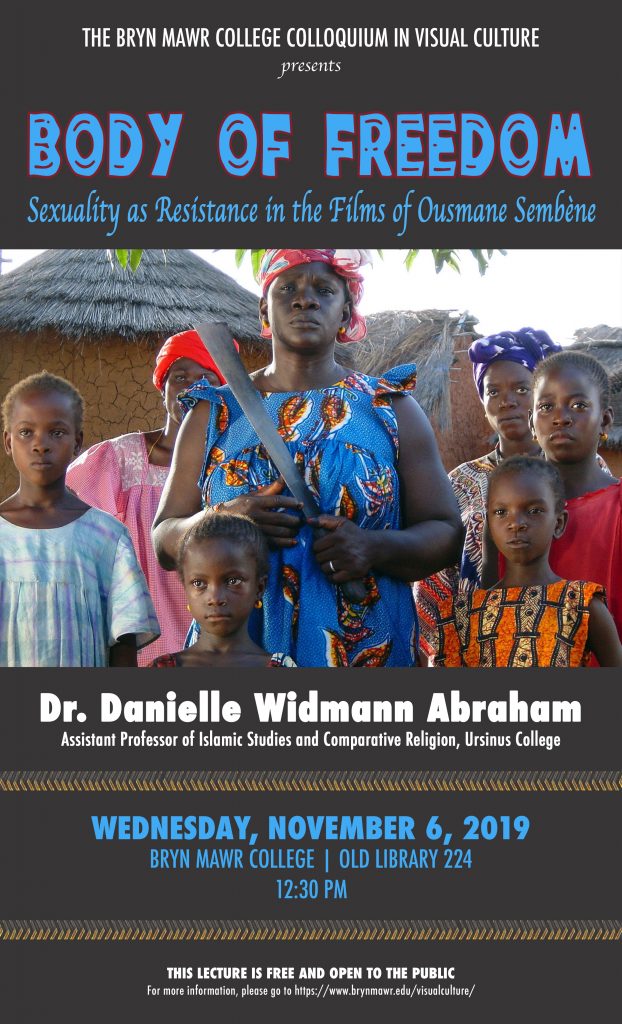Tyler School of Art & Architecture
Temple University
“Drowned Rivers, Phantom Skies, and Trees as Clocks: Lessons Learned from Artifacts and Collaborative Investigations”
In a brief overview spanning two decades of collaborative creative work, Byron Wolfe will discuss lessons learned while investigating artifacts that range from iconic photographs of the American West to Wissahickon schist, a local stone used for building. His talk will explore the photography of Eadweard Muybridge, Carleton Watkins, Ansel Adams, and Eliot Porter (among others) and will introduce a new project that includes research of Bryn Mawr’s Dr. Florence Bascom, Professor, and the first female geologist for the USGS.










